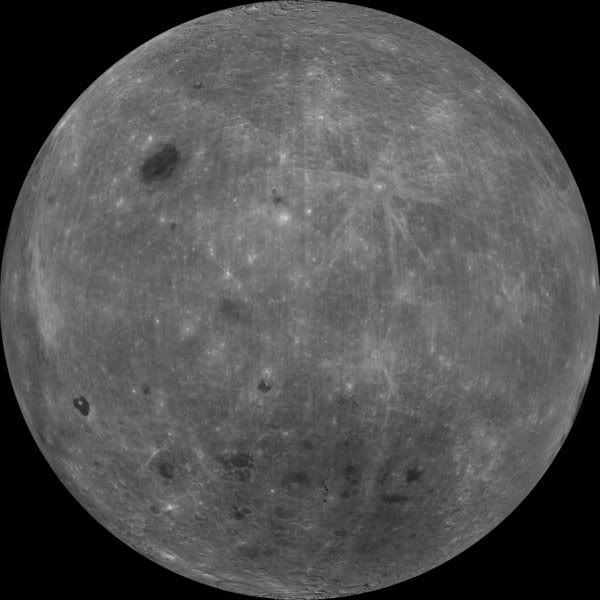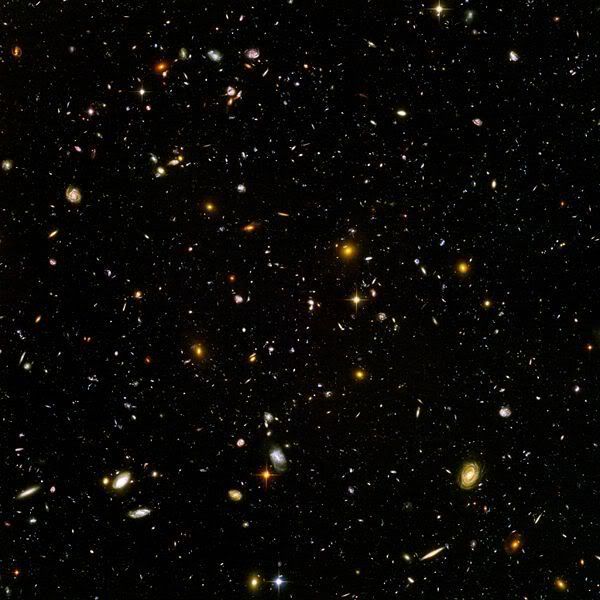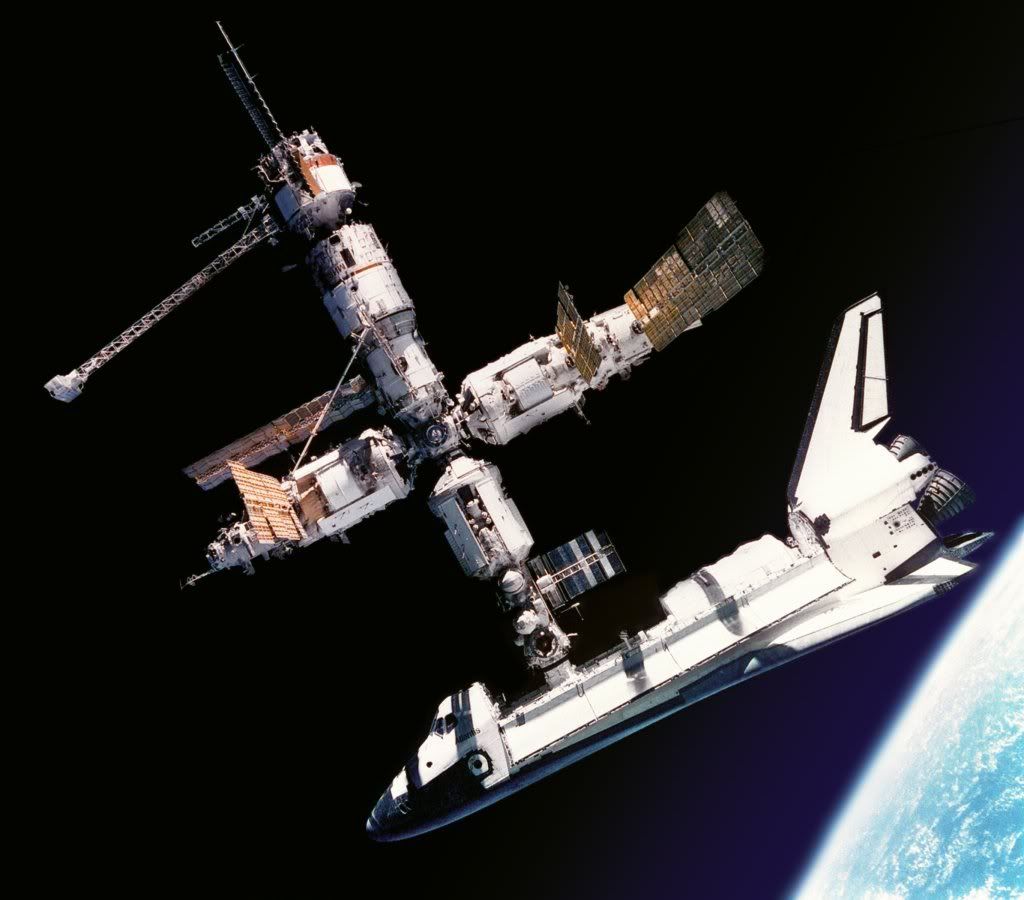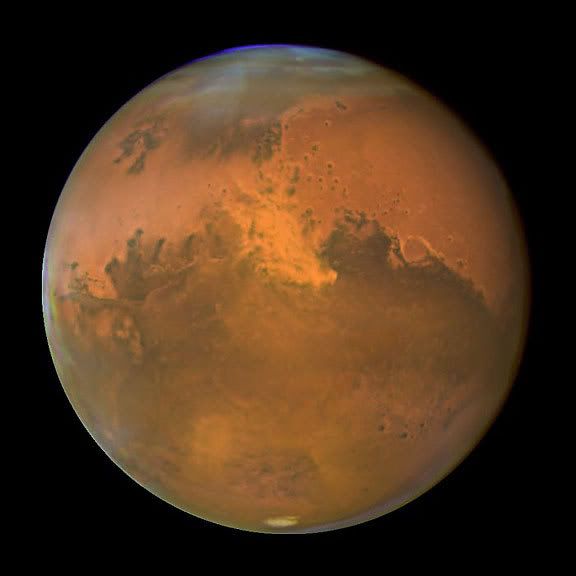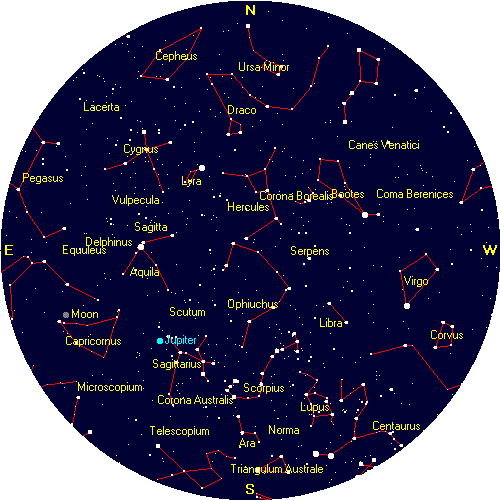8.- to me, everything ha an ending, so...could there be such thing as universe ending, i mean can we reach the outer rim?, is there one?
That's one of those almost philosophical difficulties. Spatially speaking, our minds can't comprehend either an infinite or a finite universe. Just the nature of infinity causes troubles, naturally. And a three dimensional finite universe leads us to other concerns, such as what happens if you reached the end. You know, how could there be an existence of "nothing" because by the fact that it does exist qualifies it as "something".
Imagine you are an insect on a beachball. Your existence is a two dimensional plane in a three dimensional space. You can travel forever in any direction [except up or down, which for the purposes of this analogy you can't reach] and yet the ball is not infinite. Extend the analogy so the beachball's surface is a three dimensional plane in four dimensional space, and you have the gist of it.
That's a good analogy, but it isn't entirely satisfactory. To maybe make things a bit more clear, try to imagine the beachball as the earth. The surface of either object can be thought of as a two dimensional plane in three dimensional space. In other words, you can determine the location of any point on the surface by just two numbers: in the case of earth, its latitude and longitude. So while the surface of the earth could be thought of as two dimensional, it's imposed upon a three dimensional world where the factor of height is added to the length and width. In other words, to find the position of something in three dimensional space you need an additional number. Basically, you need another number to know where it is in relation to the ground.
So, imagine a two dimensional creature who lives on surface of the beachball or the planet. Being two dimensional he has no ability to move through the third dimension. So his possible paths are limited to what you could draw with a pen on a piece of paper, or a graph. For the sake of this analogy, you could imagine "unfolding" the beachball or whatever sphere you're thinking of, into a flat surface. (I know that doing that doesn't really work [like the way maps have to be distorted] but just bear with me.) So you take that two dimensional flat piece of paper or whatever and fold it back into a sphere. You've taken something two dimensional and essentially "wrapped" it through three dimensions.
So, we can define the surface of this sphere as the two dimensional creature's universe. He would move through it never suspecting that his universe is actually contained within a three dimensional sphere. His path through the universe would just be like that pen line on a piece of paper. He would never know (but he might suspect if he was a philosopher or a theoretical physicist!) that he's really twisting and turning around a planet.
Okay, so our creature decides to explore his universe one day, because he has the same questions about whether it can be infinite or not. He begins at the prime meridian and travels exactly north. Eventually, he goes far enough that he eventually reaches his starting point again! This is sure to be quite shocking for our poor two dimensional adventurer! He might conclude that the universe is indeed finite. There certainly appears to be a finite amount of matter, since he managed to see it all. So he thinks "gee, the universe appears to be a circle!". But this comes with its own problems. If his universe was an infinitely long line, with an infinite amount of matter, he'd arguably have less -- or at least very different -- problems. He'd have no reason to suspect something outside of his own universe.
Now here's where things kind of come together. He concluded that his universe appears to be a circle. But that's him picturing his two dimensional universe depicted in a one dimensional plane. He would begin to use the same logic we have been. A one dimensional creature living in a one dimensional world could be superimposed into our creature's two dimensional universe. (It's one dimensional, because his position in it can be calculated by a single number: it's just the x axis on a graph.) He imagines the 1D creature going on the exact same journey he just did. The 1D creature would be unaware, at first, that his universe exists in a vastly larger one with an added dimension, one that could contain a large (maybe infinite) number of other, distinct, one dimensional universes.
This reasoning shocks our two dimensional creature. His journey has led him to the conclusion, that yes, his universe appears to be finite. There is a finite amount of matter and space. But, going by his deduction using a one dimensional creature, he realizes that there may be something outside of his universe. The third dimension? His two dimensional mind would struggle with comprehending what a third dimension would entail, but he may be able to create models of it in his two dimensional world, such as a drawing of a cube. Eventually, he's likely to come to the conclusion that his universe is wrapped around a third dimension! So...his "universe" is certainly finite. But there does exist something beyond it. It doesn't ever actually "end", according to him. In fact, he may come to a theory of multiple universes, which would be equal to the number of spheres out in our three dimensional space. (And this is where the analogy has some weaknesses, because it only could really apply to spheres, which certainly aren't the only three dimensional objects with a two dimensional surface that we have, but they lend themselves best to this thought process.) He may be most interested in these other universes, but it's also possible he'd wonder about the third dimension. He'd have no clue about the wonders there!
*takes a breath*
Okay. So we take this all into our good ol' three dimensional space, and back to the beachball analogy. Some physicists use this type of reasoning to hypothesize that if you were to travel in a straight line long enough you'd end up back where you started (although, "where you started" could have several definitions). This would lead us to the same conclusions as our 2D friend, that our universe may be finite in space, but it exists wrapped around a higher dimension! This same type of reasoning can be used to hypothesize other universes, that we could only reach by accessing the dimension above our current one. It's hard for our minds to comprehend a fourth dimension (and I'm a bit uneasy about saying fourth dimension, which I'll touch on in a bit) but we can create models of it, such as a
tesseract. While we may be interested in other universes, maybe we should be more interested in the fourth dimension, if it can be analogous to our 2Der's plight! Imagine the amount of wonder and variety and possibilities there are in a three dimensional world over his two dimensional world. What might be possible in a four dimensional world?
*head asplodes*
Okay, but this does have a few problems, and is likely not to be true. (The popular physics theory right now is String Theory, which takes an entirely different approach. I don't exactly subscribe to the theory, but it's important to note that there are multiple ways of approaching theses subjects.) For instance, we've completely failed to take time into account here. Once we do throw time into the equation, things get a bit sketchier. Time is often considered the fourth dimension, but it's distinctly different from the other three. It appears to be non-spatial (meaning, not like up or down or left or right) and linear. Maybe we shouldn't define time as a dimension, but this type of thing is essential to Eintein's general theory of relativity. Basically, according to that theory, space and time are intertwined (the spacetime continuum) to form our universe and each is dependent on and affects the other. This leads to lots of interesting things, but we won't really go into them here. So, in that sense, our universe could already be thought of as four dimensional, where one dimension is screwy and makes no sense in relation to the others.
That kind of throws a wrench in some things.
(Of course, Einstein's general theory of relativity has its own holes, particularly when related to the subatomic, where it just doesn't work. So something else may be discovered that creates a better model and supersedes Einstein's. Physicists are trying to find a "grand unifying theory" that basically explains how everything works, or at least a quantum theory of gravity that reconciles Einstein's general theory of relativity with quantum mechanics.)
So yeah, this is really just scratching the surface of things. The beachball hypothesis may or may not apply to our universe, but it's fascinating. And it's a great way to imagine our universe as being both finite and infinite.
Anyway, I'm sure if any physicists come in here they'll be able to point out lots and lots of inacuraccies in this post. I'm not a physicist, it's just sort of a hobby of mine.













